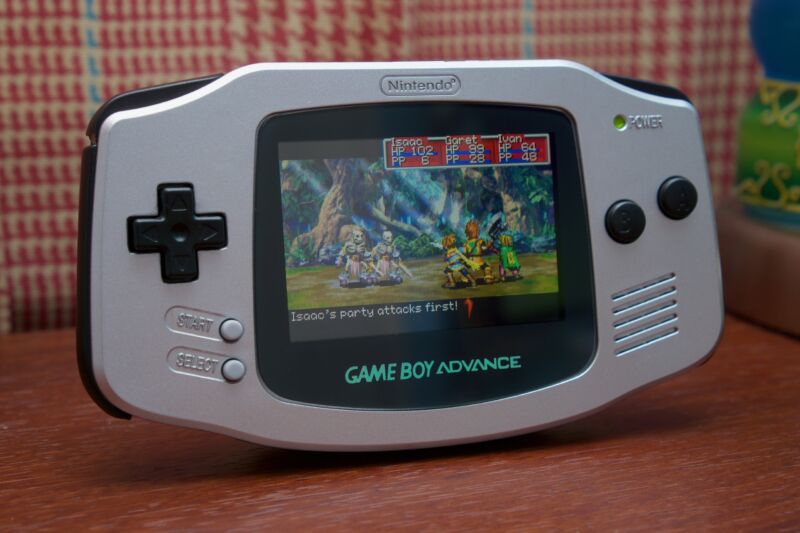Create a bootable, working Pokémon game by recording it crash multiple times.

Sometimes, a great song can come from great pain. The Game Boy Advance (GBA), its software having crashed nearly two hours ago, will, for example, play a tune based on the game inside it. And if you listen closely enough—using specialty hardware and code—you can tell exactly what game it was singing about. And then theoretically play that same game.
This was discovered recently by TheZZAZZGlitch, whose job is to “sadistically glitch and hack the crap out of Pokémon games.” It’s “hardly a ready-to-use solution,” the modder notes, as it requires a lot of tuning specific to different source formats. So while there are certainly easier ways to get GBA data from a cartridge, none make you feel quite so much like an audio datamancer.
TheZZAZZGlitch’s demonstration of re-creating Game Boy Advance ROM data using the sounds from a crashing system.
After crashing a GBA and recording it over four hours, the modder saw some telltale waveforms in a sound file at about the 1-hour, 50-minute mark. Later in the sound-out, you can hear the actual instrument sounds and audio samples the game contains, played in sequence. Otherwise, it’s 8-bit data at 13,100 Hz, and at times, it sounds absolutely deranged.Advertisement
“2 days of bugfixing later,” the modder had a Python script ready that could read the audio from a clean recording of the GBA’s crash dump. Did it work? Not without more troubleshooting. One issue with audio-casting ROM data is that there are large sections of 0-byte data in the ROM, which are hard to parse as mute sounds. After running another script that realigned sections based on their location in the original ROM, the modder’s ROM was 99.76 percent accurate but “still didn’t boot tho.” TheZZAZZGlitch later disclaimed that, yes, this is technically using known ROM data to surface unknown data, or “cheating,” but there are assumptions and guesses one could make if you were truly doing this blind.
The next fix was to refine the sound recording. By recording three times and merging them with a “majority vote” algorithm, their accuracy notched up to 99.979 percent. That output ROM booted—but with glitched text and a title screen crash. After seven different recordings are meshed and filtered for blank spaces, they achieve 100 percent parity. That’s about the halfway point of the video; you should watch the rest to learn how it works on physical hardware, how it works with a different game (an ARM code mystery in a replica cartridge), and how to get the best recordings, including the use of a “cursed adapter” that mixes down to one channel the ugly way.




